How to Use a Compass Without a Map?
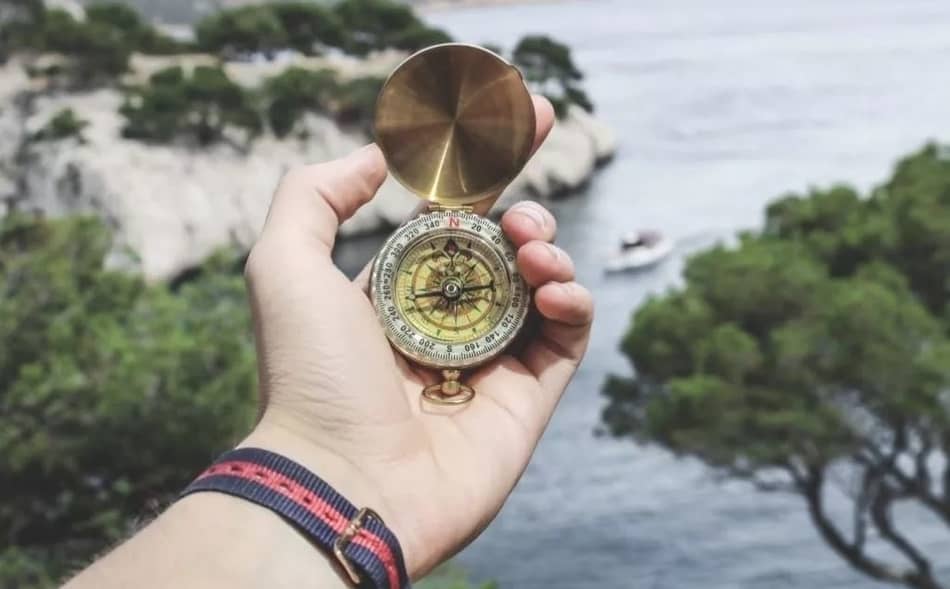
While no one plans to get lost while staying in nature, it can happen. Therefore, in this article, we will teach you how to use a compass without the help of a map. If you find yourself in a situation where your GPS doesn’t work, or you like to enjoy exploring the outdoors without the use of electronics, our tips will surely help you if you get lost. So, let’s start!
Table of Contents
How to Use a Compass Without a Map?
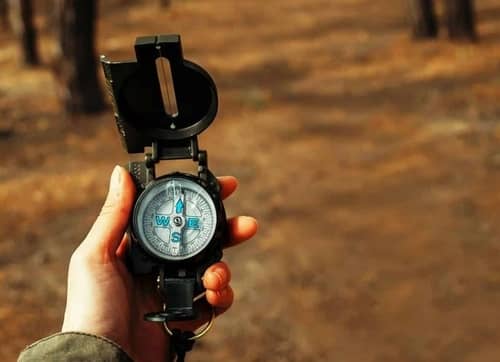
The Sahara desert ant can move in a straight line with as many as 200,000 lengths of its body and easily return the same way it started from. How is that possible? How can we orient ourselves so well in open space? The Sahara desert ant has in its eyes a built-in sun compass and odometer that help it measure distance.
However, man does not have such a built-in ability, but that is why he has a device that can be used to orient oneself in time and space!
This device is a compass, and it is the most important piece of equipment if you want to survive in the wild without the help of GPS (Global Positioning System).
To use a compass without a map, you first must know the magnetic declination for the area where you are located. This indicates the difference between magnetic north and true north on your compass.
Compass is a great thing to have, even if you plan a short walk through unexplored areas without a map and want to return home for dinner.
With the help of a compass, orienteering in nature is an important skill that only a few people know, given the flood of modern technologies. We will first say something more about why one can get lost at all and then about ways to master the skill of orientation in space solely with the help of a compass.
Why We Get Lost?

There are several reasons why people get lost today. But the main reason is that we have lost the ability to move through nature as a species relying on our own instincts and signs in nature. When there was no modern technology, people used to know that if they got lost, it could mean a life or death situation.
That’s why they knew how to navigate in the wild with the help of observing the sun and the stars, which is as effective as having a compass in your hands.
It has been confirmed that the human brain has mental-mapping abilities that are located in the hippocampus. But it has also been confirmed that it is a skill that is easily lost if not used often.
For example, taxi drivers in London have been shown to have far more hippocampus mapping skills than other people, given that they travel daily on a complex street in a big city without using maps. But even the aforementioned skill of a London taxi driver cannot be compared to the skill of navigating a Sahara desert ant or another animal.
That’s why people – use a compass!
So let’s get acquainted with how we can use a compass when we don’t have a map to find our way home. We will first study the question of magnetic declination.
Magnetic Declination
Before you pick up a compass, you need to know the magnetic declination of your area.
This is the difference between true north and magnetic north on your compass.
Depending on where you are located in the world, magnetic declination can be negative, which means the compass will point north as if it were west of true north, or positive, which means the compass will point north as if it were east or true north. Here is an example.
At the time of writing, the city of Sydney’s magnetic declination was +12 degrees which means the compass shows the west at 12 degrees east of true north.
On the other hand, Everglades City in the state of Florida at the time had a magnetic declination of -5 degrees which means the compass showed that the west was 5 degrees west of true north. With the help of this guide, you can find the magnetic declination of the location where you are.
Is it possible for the magnetic declination to change over time?
In short, Yes! But it is happening very slowly. Through 100 years, the magnetic declination of a particular location can change by only 2 to 2.5 degrees depending on how far it is from the magnetic pole.
But when we talk about locations that are very close to the pole, magnetic declination can change by one degree in just 3 years. That’s why it is very important that you know the magnetic declination of your location.
While this information helps more when you have a map in hand, you need to know where you are when trying to find your way to a starting point or natural marker that is the same length as your current location so you know which direction to go to. This situation is where magnetic declination is very useful for finding your way home.
Different Types of Compasses
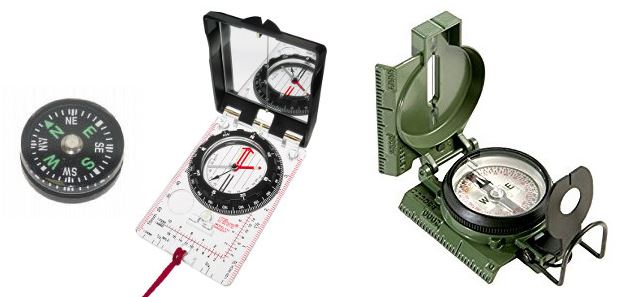
Keep in mind that there are many different compasses on the market today, but two types stand out as basic. These are Lensatic Compass and Baseplate Compass.
- Lensatic compass: This type of compass does not have a clear baseplate. But they have articulating pieces and also a cover that fully protects the important floating dial. Most models of this type of compass have 120 clicks, with each click denoting three levels. When using it, you do not look down straight at the floating dial. Instead, you read the dial by the sighting lens.
- Baseplate compass: This is a compass that is ideal for use when you have a map with you, as it has a clear base plate. Although every model of this type of compass should do its job quite decently, its accuracy is determined by its price. Note, most models allow the user to dial the 2 degree increments.
How to Navigate a Walk By Using Only a Compass
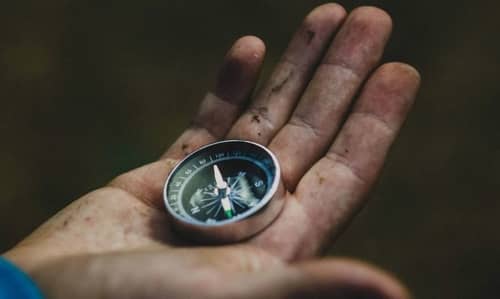
When you are using only a compass to orient is what is also often called “mapless dead reckoning”. The point is to record the data on the directions where you have been. So that on the way back, the trip can be reconstructed from the recorded data.
The pacing or timing can also be used when you are setting out. Personally, I prefer pacing rather than timing, especially when you are moving on uneven terrain. The reason is simple.
It is ungrateful to use timing when moving on uneven terrain since we do not cross all sections at the same speed. However, when it comes to mostly flat terrain, I recommend using timing because it is much simpler and does not require a lot of data recording and concentration.
Related article: How Fast Can A Bear Run? (NEVER Run From a Bear)
How Pacing Actually Works?
Let’s use an example. When you go 312˚ in the length of 1200 paces or the corresponding number of meters determined by steps, and then at 215˚ you go 600 paces and then try to return to the starting point by the same route, you can reconstruct your trajectory by simply drawing a map on the ground.
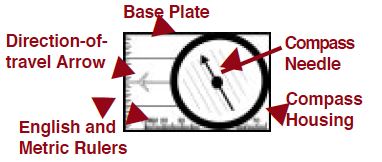
When your foot length is 100 paces, you can set boundaries in the direction of 312˚ for each 12-foot length. Then set limits for each six-foot length measured at 115˚. Then you need to determine the direction of movement towards the starting point with the help of a compass and measure the distance in paces using the foot length you specified earlier.
When you have successfully determined the distance and direction to the starting point in this way, it is good to head to the starting point with a minor modification of the direction so that you are sure that it is well determined in case you miscalculated some of the segments. Let’s study an example.
When the starting point is the location where I left the car, and after the calculation, I conclude that I have to walk back 850 paces at 28˚, it is good to start 850 paces at 16˚. I will get to the road where the car is, and then I know I just have to move to the right for a while to get to it.
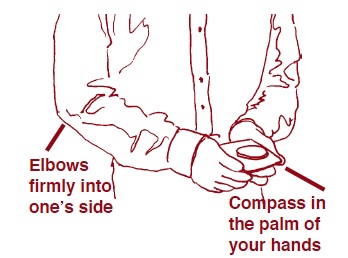
If I decided to go towards the car at exactly 28˚, I would also come to the road, but if I do not see the car at that moment, I would not know whether to go left or right to find it. Therefore, the conclusion is that minor movement modification can reduce the risk of getting lost when it comes to degrees.
If you want to try this method on your next wilderness walk without a map, we recommend that you try it in familiar terrain beforehand to make sure you understand it well.
Try to orient yourself in nature several times in this way, and head to unexpressed areas only when you are sure that you have mastered the skill well. At that point, you can try some more demanding techniques.
Believe me, once you have mastered the explained procedure of this, it will feel great, and you can be sure that it will serve you well in many situations in the future. As if you will surely impress your friends with your knowledge.
If you want to learn more, be sure to read How Hot is a Campfire?
How to Get “Un-lost” With Only a Compass
If you get lost somehow in unexplored terrain, that means you haven’t recorded your trip before, and you have no idea where you are! This can be a problem.
Sometimes you may follow a well-known path, but suddenly you find yourself in front of an unknown area, and you figure out that you do not know how and where to go next. It feels like you’re driving off-road in a car, and suddenly, your tire bursts, and your phone’s battery runs out.
The first step in this situation is to determine which direction to go. Even if your GPS works to some extent, it won’t help you as much as a road or river nearby. If you can’t see anything like that, first try to reconstruct the path you went through in your head and visualize a map of the area.
Then try to remember if you walked somewhere near that road or river while walking and figure out where any of the two might be about the point where you are.
3 Basic Rules When It Comes to Compasses
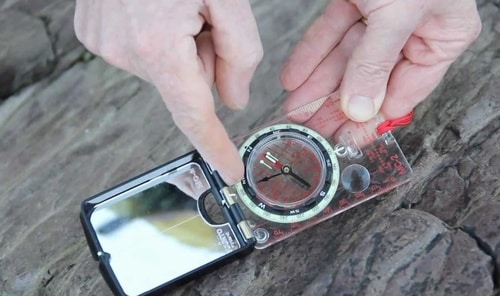
Now is the time to pick up your compass. However, you should know how to use your compass. If you do not know how to use a compass, there are a few basic rules that you need to know.
- When the compass has only one needle, you must know that it always points towards magnetic north.
- If the compass has a needle with two marked ends and one of the ends is red that one indicates magnetic north.
- If the compass has two marked ends that do not differ from each other, try to determine the magnetic north according to the position of the sun. You need to know that the sun rises in the east and sets in the west. Depending on time of day, you should be able to determine where north is unless it is noon. The morning sun will always be on your right when you look north. As evening approaches, the sun will be on your left as you look north.
Be aware of magnetized metal: When you are using a compass to orientin yourself, first make sure there is no magnetized metal near you that can affect the compass.
If you remember that, for example, the southwest of you is the main road, go with a compass in that direction after determining where the southwest is.
Now consider the magnetic declination of the location where you are. Don’t worry if you don’t know how to use magnetic declination for orientation.
Since you are not looking for a specific destination but just don’t want to be lost, you have a good chance to find the right direction. But it is not bad to use magnetic declination if the term is clear to you.
For example, when you are in Florida, a deviation of -4 degrees will mean nothing. Also, a similar situation in Sydney should make no difference. But if you have a deviation of +12 degrees, you should pay a little more attention to magnetic declination.
When you want to head southwest in this situation, position yourself so that the compass needle points north at a point over your right shoulder. If you are in Sydney, remember that the compass needle in this situation will be slightly closer to your neck than your shoulder. Start moving with the help of a compass to the southwest, and be sure to check if you are on the right track regularly.
Just walk with confidence and faith. Soon you will surely see some landmarks, river or road we mentioned earlier, and you will easily find the right way home.
Also, if you get lost in the wild, it is good to know How to Purify River Water For Drinking (5 Methods).
Final Thoughts
Obviously, even today, when there are many devices on the market for easier orientation in nature, the compass still has its value and can prevail in your favor when you find yourself in a life-or-death situation. The news constantly reminds us how you can easily get lost just a hundred yards from civilization.
Therefore, if you are a person who likes to stay outdoors, I recommend that you get a compass, learn how to use it, and always carry it with you. No matter if you have a phone with GPS in your pocket, you must know that, unlike a compass, it won’t be available as soon as the device’s battery is discharged.
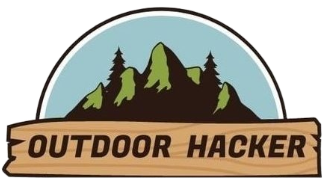
Thanks for sharing. I read many of your blog posts, cool, your blog is very good. https://www.binance.info/es/join?ref=S5H7X3LP
Your article helped me a lot, is there any more related content? Thanks! https://www.binance.com/ar-BH/register?ref=DB40ITMB
Can you be more specific about the content of your article? After reading it, I still have some doubts. Hope you can help me. https://accounts.binance.com/zh-CN/register?ref=GJY4VW8W